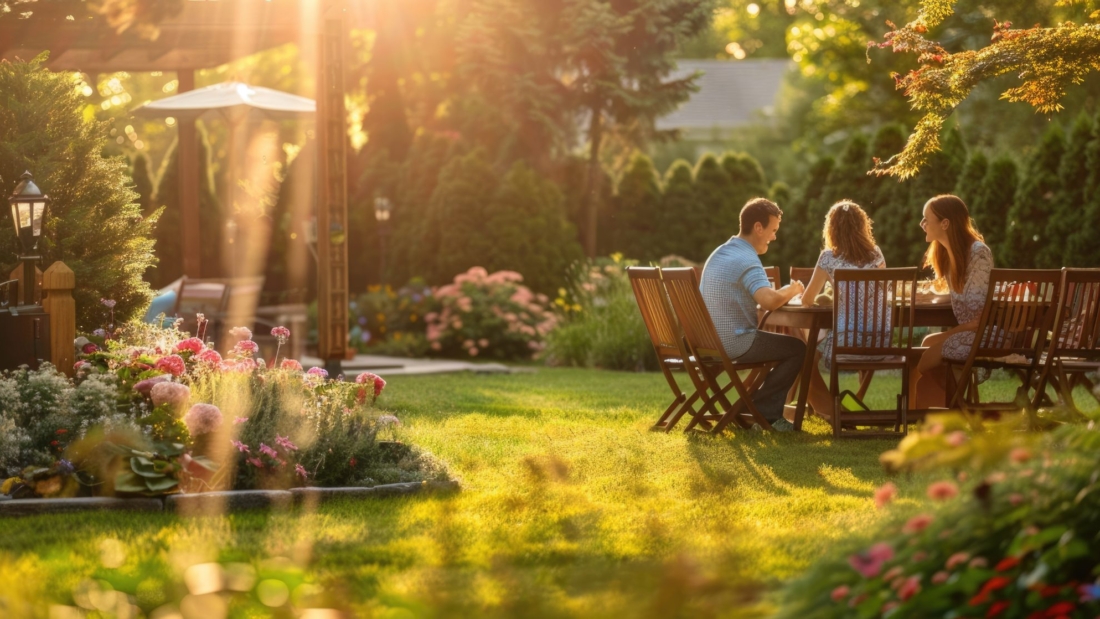A Timeless Transformation: The Garden Cottage Reimagined
From the very beginning, it was clear that this designer wasn’t merely drawn to antiques—he was shaped by them. Raised in the heart of England’s countryside, surrounded by the scent of old wood and the charm of storied objects, he grew up in a home where the past was alive in every detail. His mother, a seasoned shopkeeper with a keen eye for beauty, ran her own antiques store in the historic city of Winchester.
Following in these footsteps—but with hands and heart uniquely his own—he studied the craft of cabinetmaking, the principles of furniture design, and the meticulous art of restoration. Not long after, he opened his own antiques shop just across the street from his mother’s. Eventually, he took the reins of the family business and began to mold it into something new.
As his reputation grew, he began to hear a familiar question from interior designers and collectors alike: “Do you have another chair like this?” That question would change everything. Rather than sourcing duplicates, he began creating them—launching a bespoke line of traditionally made, antique-inspired furniture. Rooted in classical craftsmanship but tailored to contemporary needs, this collection became a natural extension of his philosophy: beauty should be built to last, and new creations can still honor the old.
Soon after, a client invited him to take on a different kind of challenge: full creative freedom in designing the rooms of a historic vicarage. That project marked the beginning of his life as an interior designer—one who relies as much on intuition and feeling as on formal plans and trends. He describes himself as an “intuitive dealer-decorator,” someone who curates spaces that feel as if they’ve grown organically over time.
Today, his work thrives on a picturesque Hampshire farm, where a converted barn houses both showroom and workshops. Just next door, he and his wife live among the rolling fields—a short walk from the creative heartbeat of their world.
A Guest Cottage with Quiet Grace
Several years ago, one of his longtime clients asked for help restoring a nearby Regency estate. The project was a masterclass in sympathetic renovation, blending historical integrity with gentle updates. Recently, she reached out again—this time with a new request: to reimagine the estate’s gardener’s cottage as a warm and welcoming guesthouse.
The goal was simple, yet ambitious: to create something with a spirit more relaxed than the main house, a space that felt unpolished in the most elegant way. The result is a home that whispers rather than shouts—layered, timeless, and deeply personal.
Built in the late 1800s, the cottage is a charming structure of yellow brick and ornamental trim, capped with its original slate roof. It’s nestled amid a wildflower meadow that sways gently in the breeze. That natural softness was carried indoors as a subtle theme—wild, unforced, and wonderfully alive.
Before the renovation, the cottage looked pleasant from the outside but had been designed with little thought to the comfort of its occupants. “It was tired,” the designer noted, “and in desperate need of love.” So love it received—not through dramatic overhauls, but through respectful, thoughtful gestures.
The Interior: A Place That Grows on You
Step into the sitting room and you’re greeted by walls painted in a rich, earthy cinnamon—a hue drawn from nature, chosen for its grounding warmth. The color, from a sustainable British paint maker known for its eco-conscious formulas, wraps the space in coziness.
The furniture tells stories of its own. Many pieces come from the homeowner’s collection of antiques, some originally acquired from the designer himself. A beautifully recovered sofa in a wool-linen stripe sits beneath windows framed by curtains sourced from a classic English textile house. Every material was chosen for its honesty—nothing too polished, nothing trying too hard. Just good design with a sense of time and place.
Above the mantel, a whimsical collage featuring hares, pheasants, and partridges adds a touch of contemporary flair, tying past and present together in a room that feels like it belongs to neither—and both.
Throughout the home, the layout flows easily, unburdened by trend or pretense. The renovation was not about spectacle, but soul. Every corner reflects a quiet confidence, a belief that beauty should feel lived-in, not staged.
A Home That Breathes
In the end, the gardener’s cottage isn’t just a place for guests to sleep—it’s a place to feel. To slow down. To remember what a home can be when it’s built with care, curiosity, and reverence for the past.
This is a restoration done not with blueprints, but with heart. A renovation where every item has a purpose, and every room has a story.
And perhaps most of all, it is a reminder: the best homes aren’t made overnight. They grow—layer by thoughtful layer—until they become part of the landscape itself.

